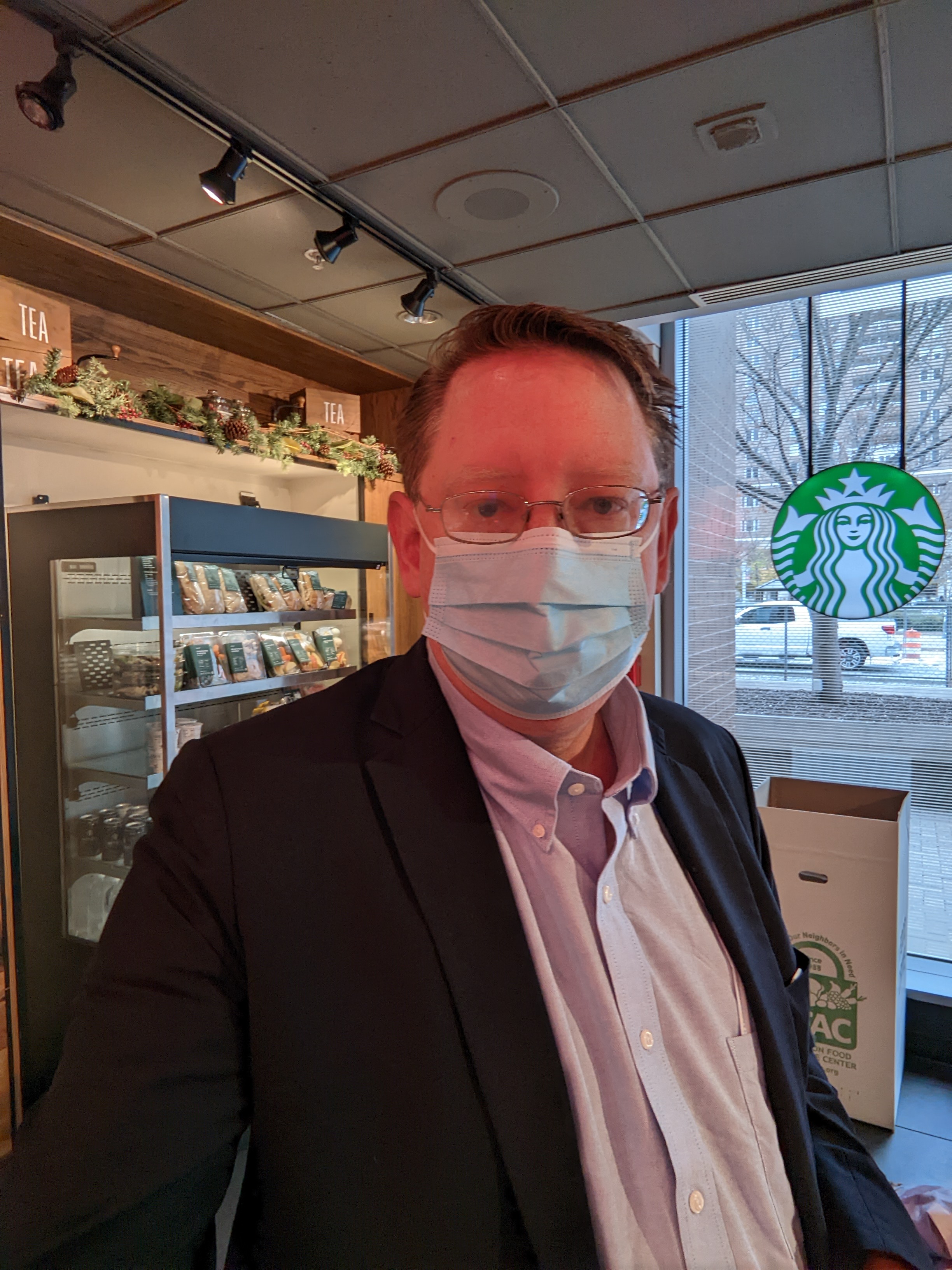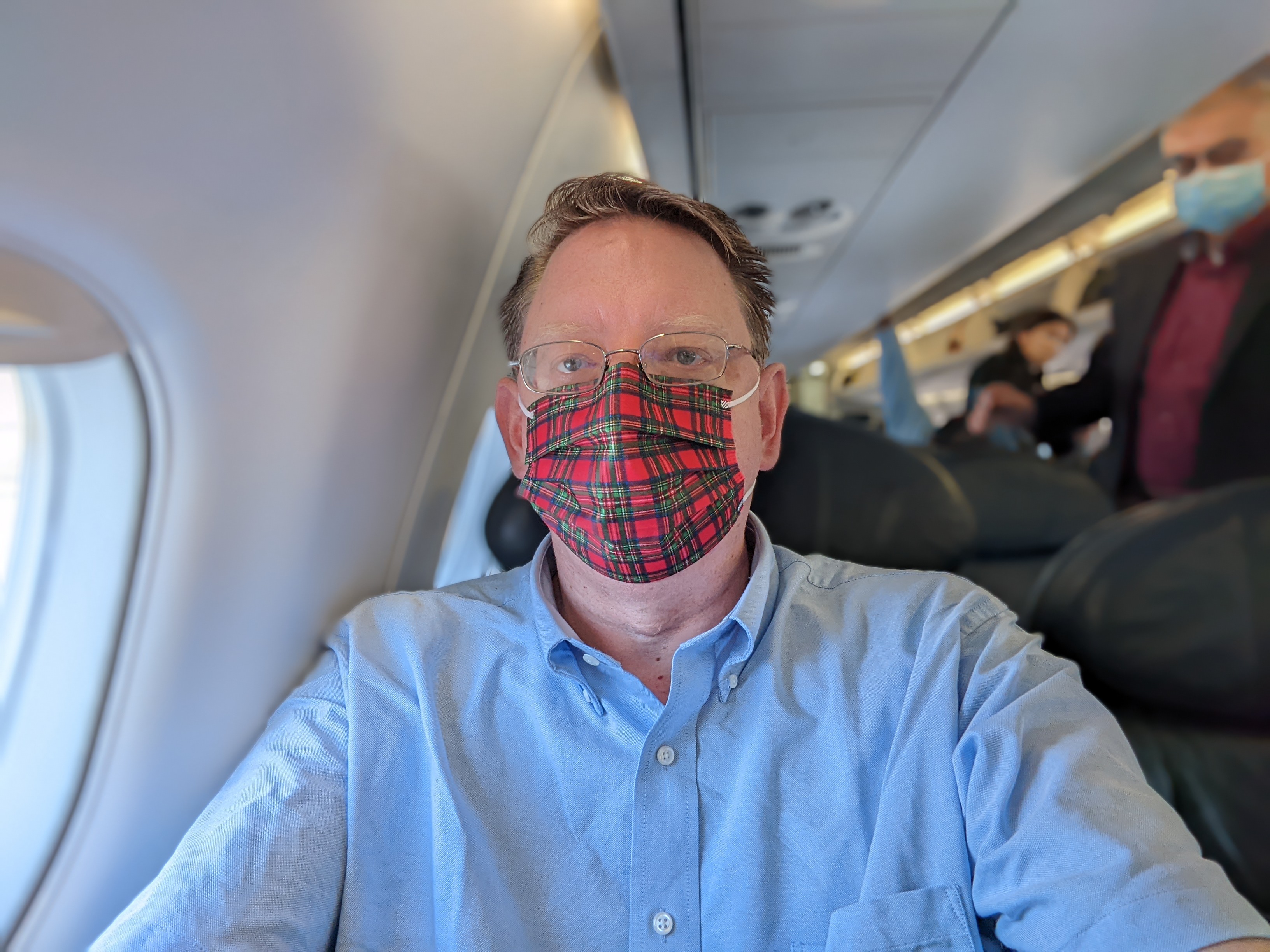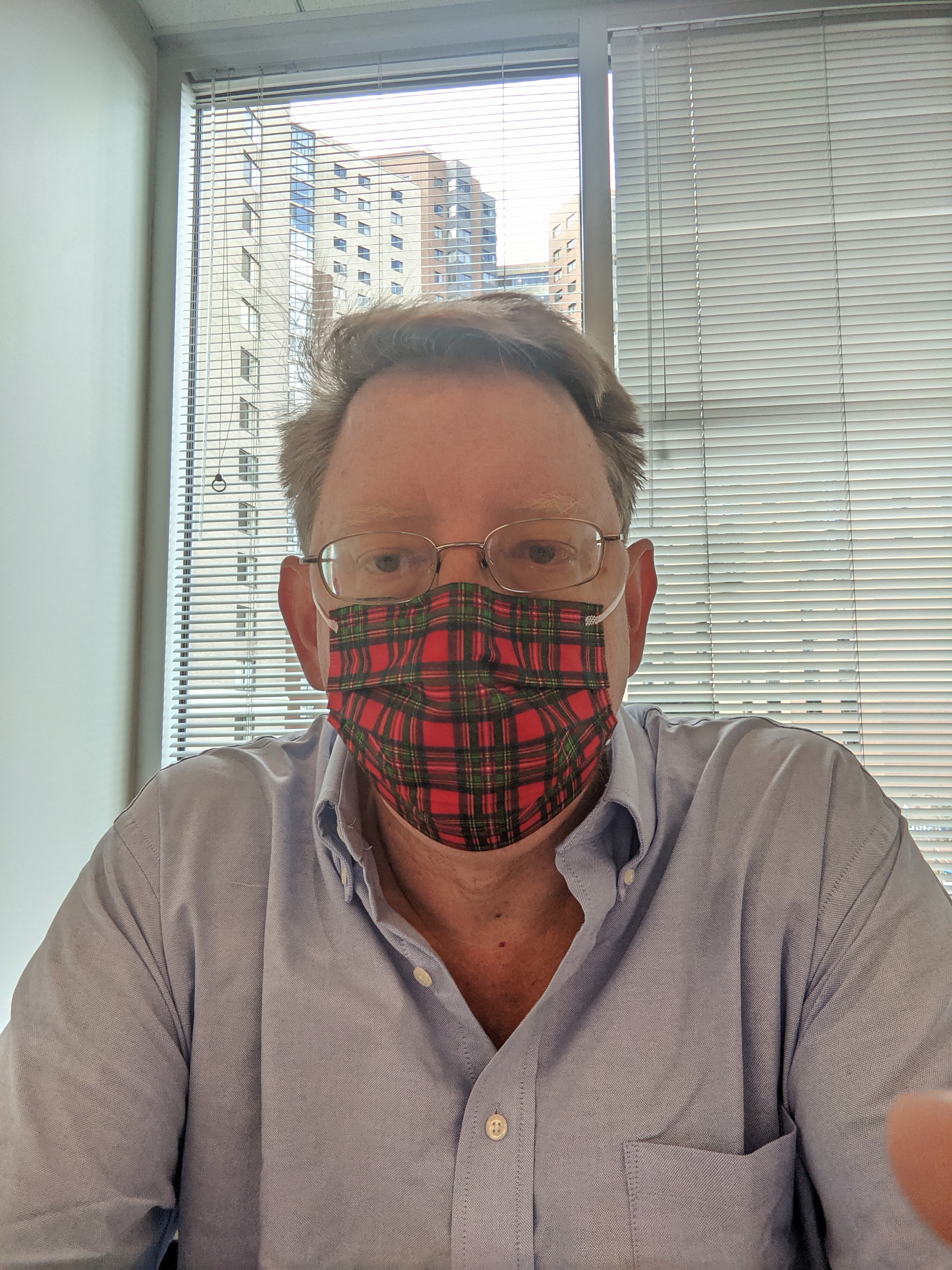After a long hiatus, UAVS@UCI is active again on Saturday afternoons at the ARC, with full university and FAA approval.
Contact Professor Burke via email for details if you want to join us on Saturdays!
Club website:
https://campusgroups.uci.edu/uavs/home/
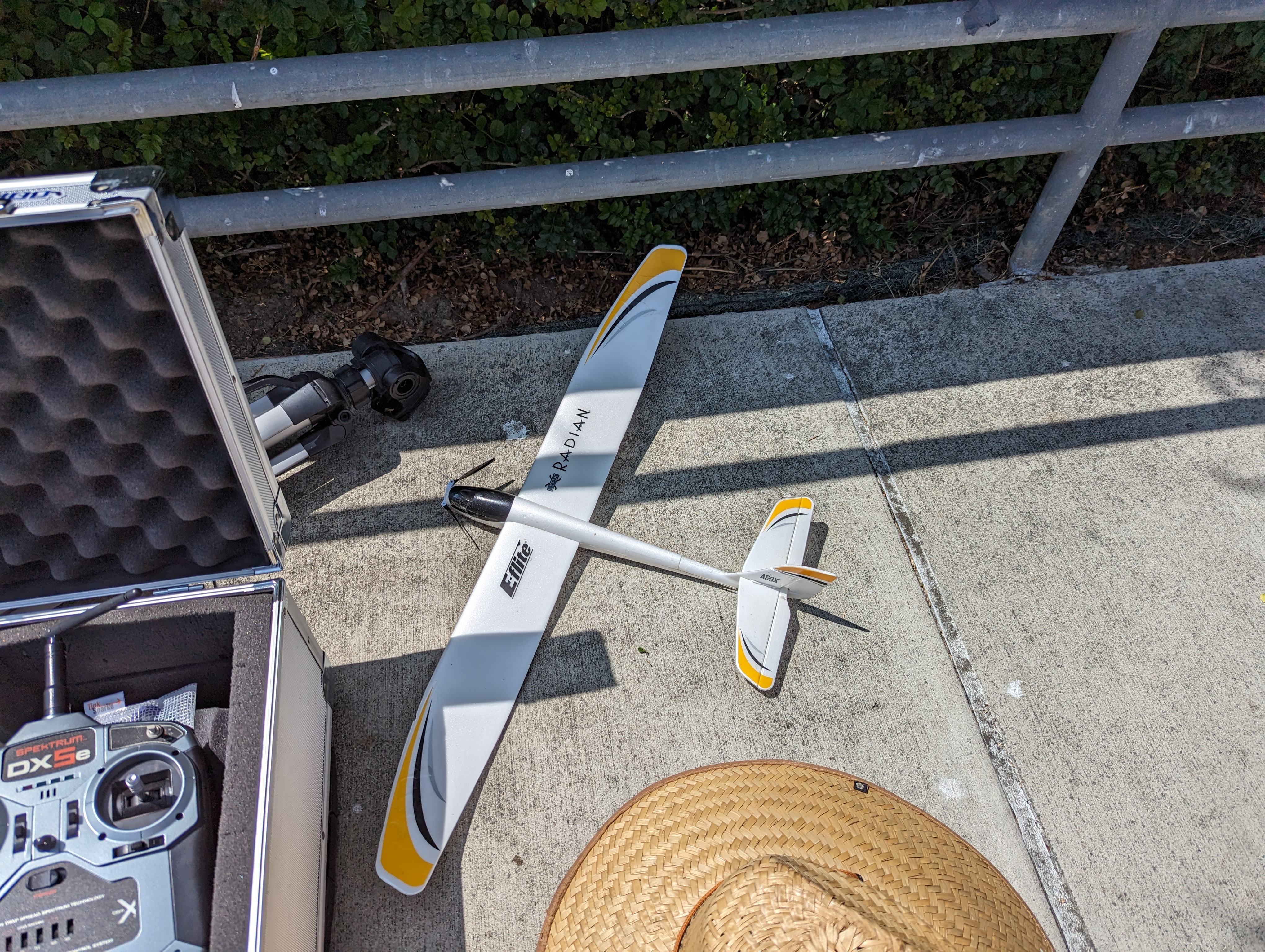
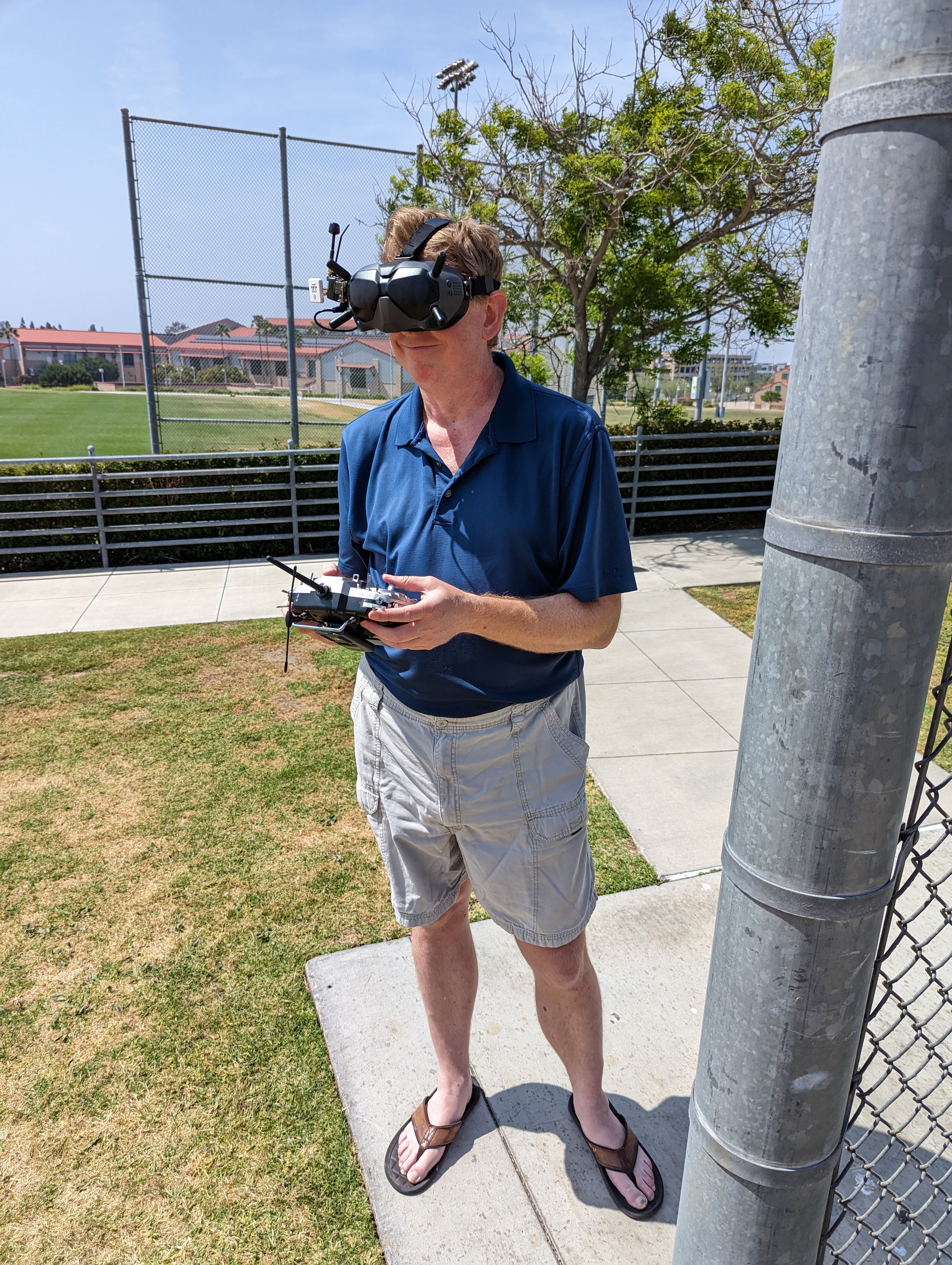
Peter Burke received a new $160,000 Research Grant from AFOSR.
“Optical and RF time domain system for quantum spin lifetime and entanglement studies”)
Funding Agency = AFOSR
Grant #FA9550-23-1-0061
BurkeLab was awarded this grant for the purchase of laser and RF pulse systems to enable quantum spin fluorescence lifetime measurement as well as RF pi pulse spin state manipulation in quantum sensors in living cells.
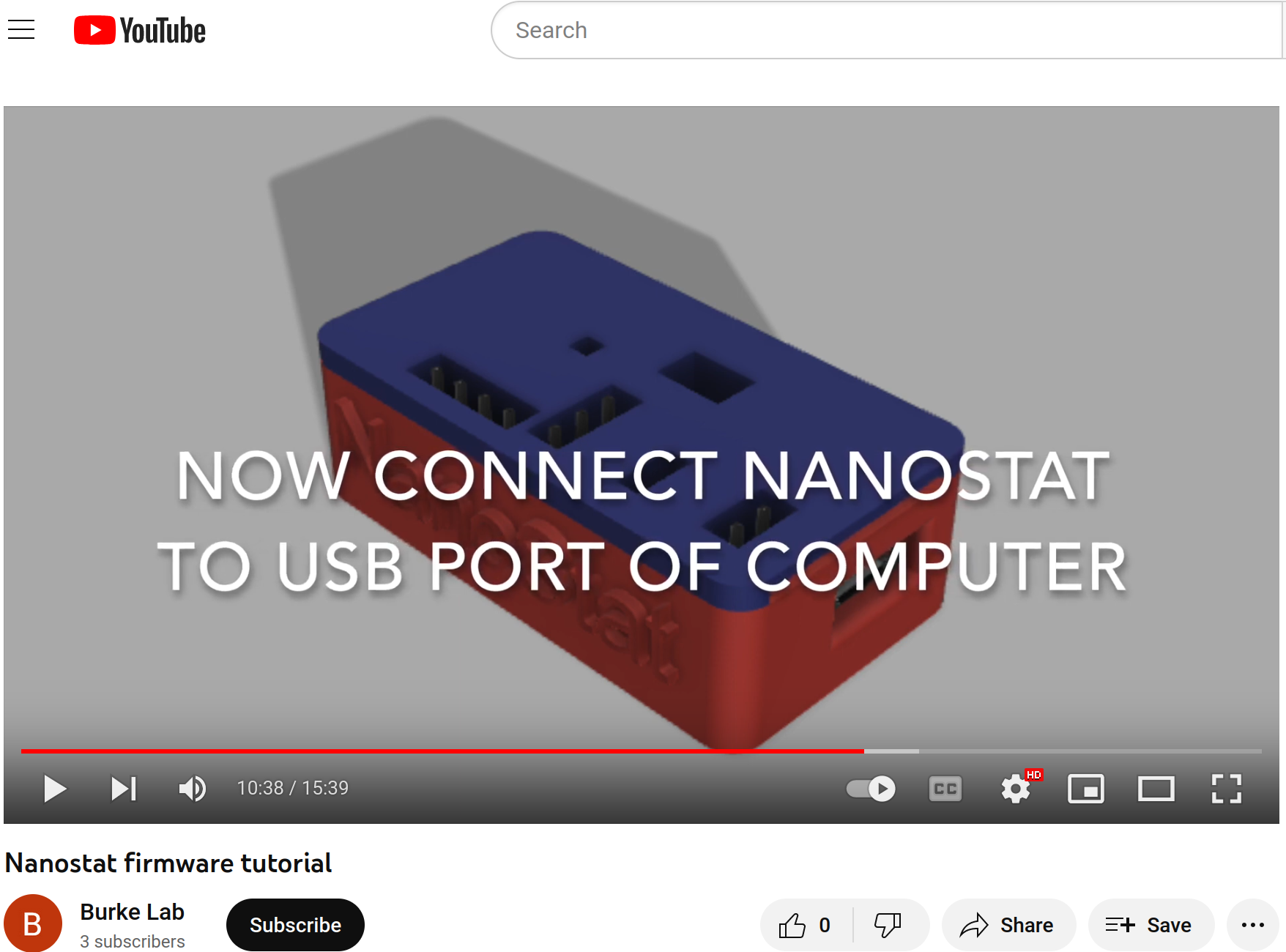
Professor Burke has uploaded a tutorial on how to compile and upload firmware for the Nanostat, an open-source, wireless potentiostat, published in Shawn Chia-Hung Lee, Peter J. Burke “NanoStat: An open source, fully wireless potentiostat” Electrochimica Acta, https://doi.org/10.1016/j.electacta.2… (2022).’
This, with the prior tutorial on PC board design and order, establishes a comprehensive complete example of how to design, build, and deploy an electronic system.
Here’s the link to the current website:
https://sites.google.com/uci.edu/k6uci/
Professor Burke presented at on NSF AFOSR workshop on quantum sensors in biology using qubits of nanodiamonds.
The workshop was held in Washington DC.
“I’m excited about the potential of using qubits to sense biological quantities that cannot be measured classically”, said Prof. Burke. Other experts participated in this invite only workshop bringing together nanodiamond synthesis experts and leading biologists from around the world.
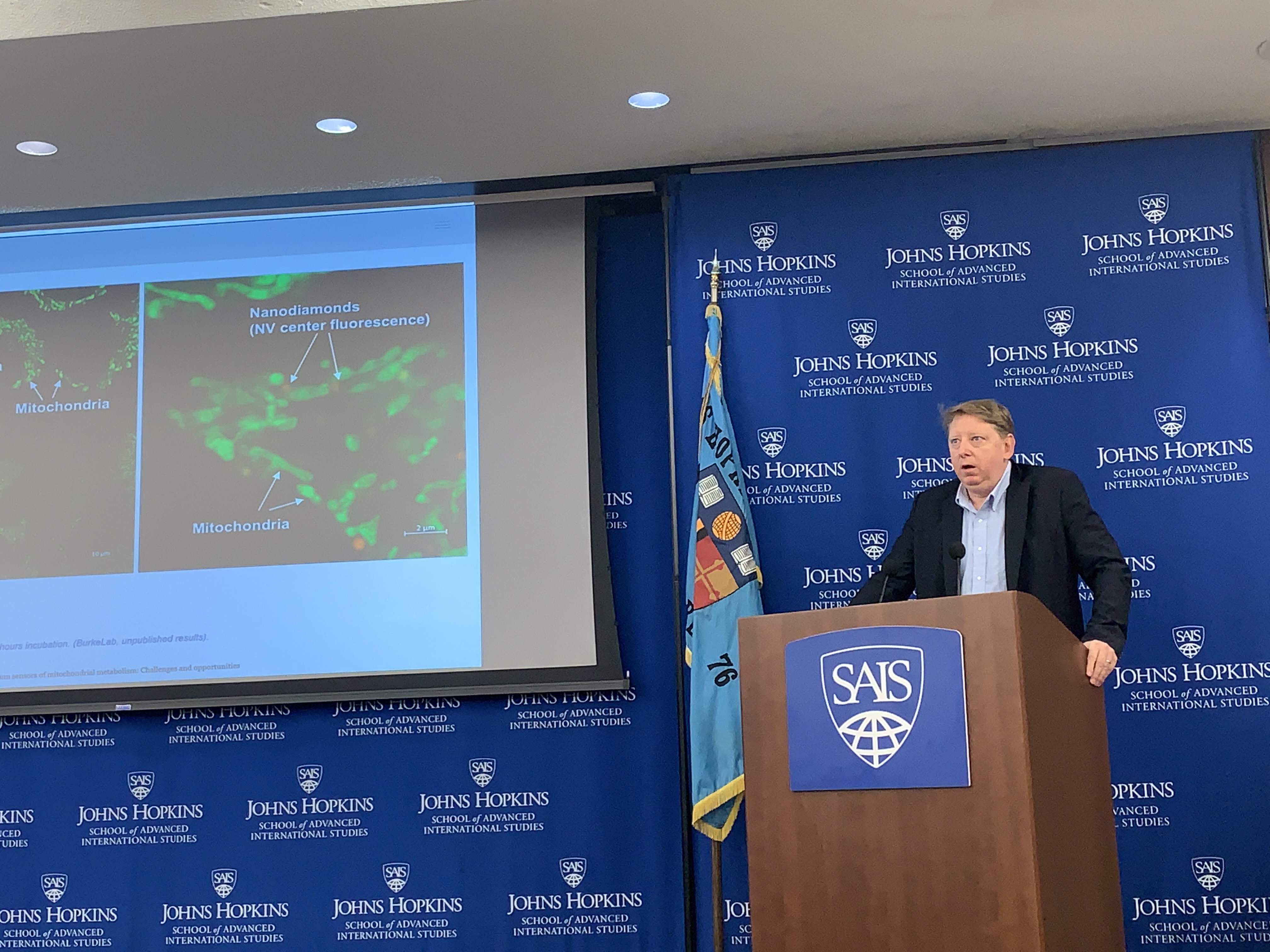
P Burke was awarded the Dean’s Award for Faculty Innovation in Teaching in Spring 2022.
Congratulations Professor Burke!
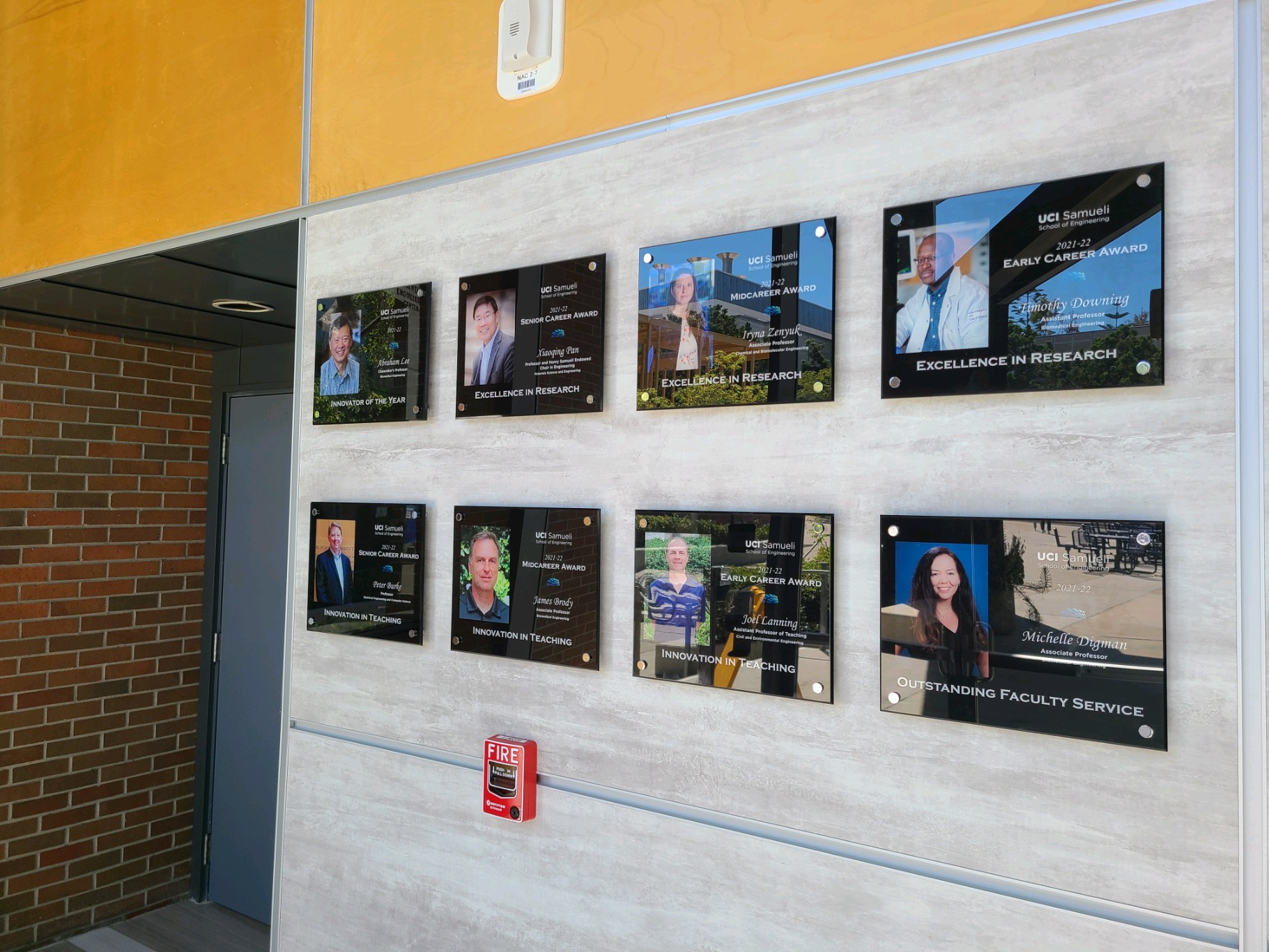
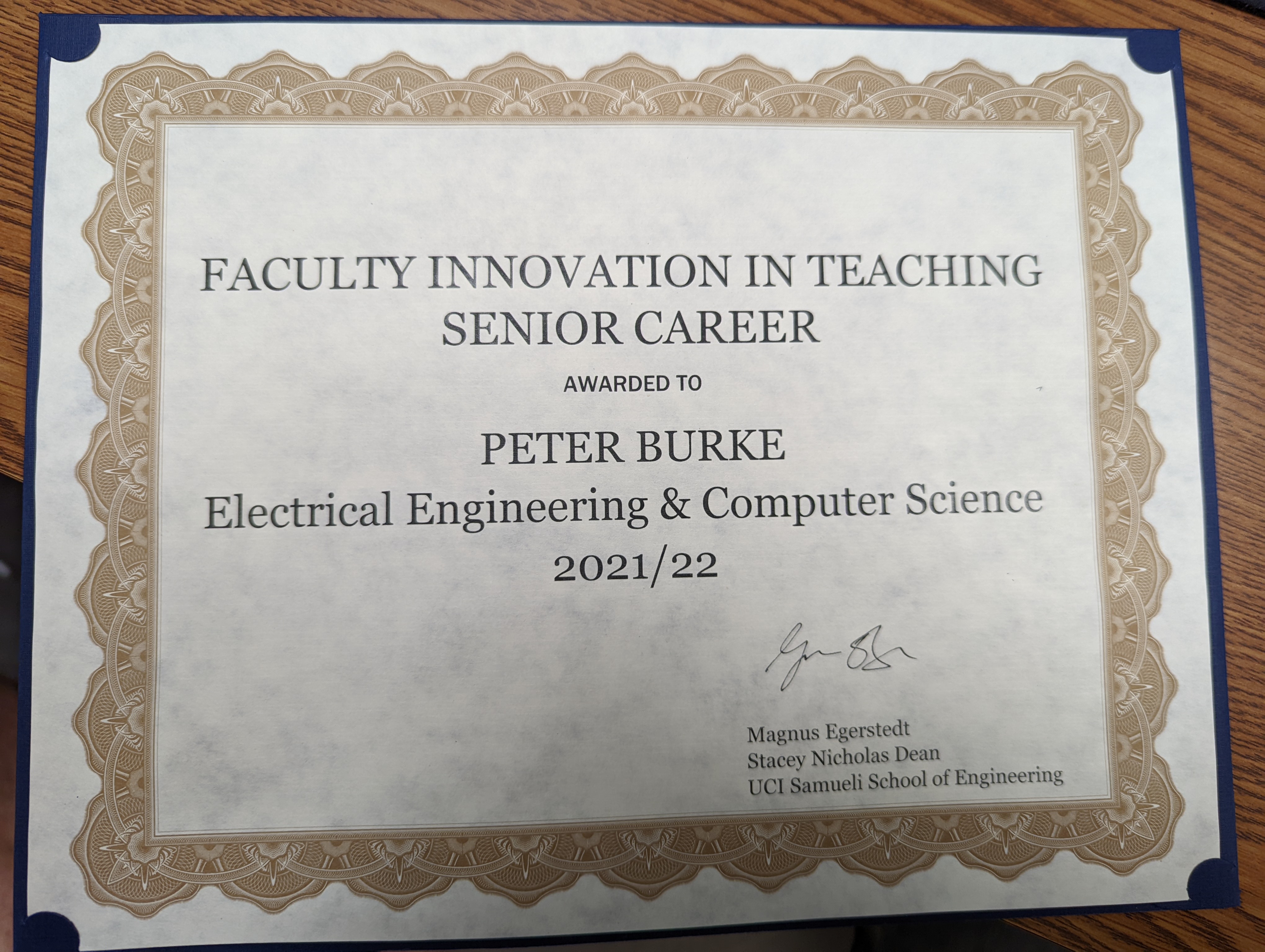
An international delegation of professors from Lille, France visited BurkeLab this week. Professor Kamel Haddadi and colleague Christoph Loyez esteemed professor at the University of Lille, and IEMN (Institut d’électronique de microélectronique et de nanotechnologie https://www.iemn.fr) visited BurkeLab in January 2022 to discuss scanning microwave microscopy techniques, and their application to live cells.
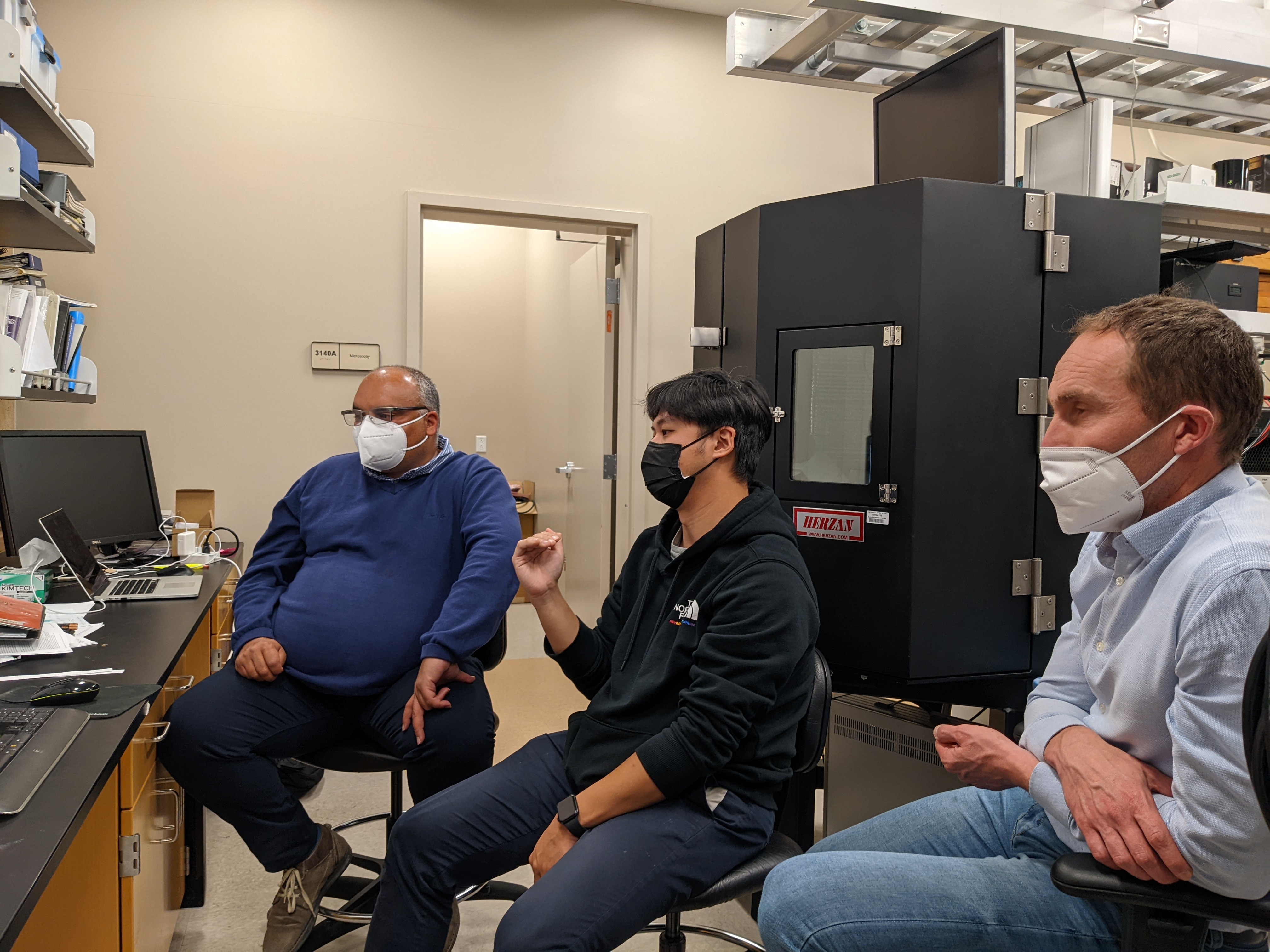
PhD candidate in BurkeLab Shawn Lee presented his thesis work “Investigation of mitochondria cristae ultrastructure and membrane potential changes using super-resolution Airyscan microscopy” at an Army Research Office online workshop on bioelectricity.
“With our new super resolution microscope, we are able to image the structure of living mitochondria. This will enable new understanding of a topic that BurkeLab first discovered about 5 years ago, that the mitochondria membrane potential is not uniform inside the organelle.”
Professor Burke established two-way communication with the remote island of Reunion, off the coast of Madagascar, using FT8 digital communications and bouncing the radio waves (of 20 m wavelength) off the ionosphere. Reunion island is the closest land mass to the antipode of southern California. The antipode is the point on the exact opposite side of the earth.
“With a modest amount of effort, students can participate in these long distance communications, help establish emergency backup systems, and learn to put into practice the theory they learn in the classroom”, said Burke.
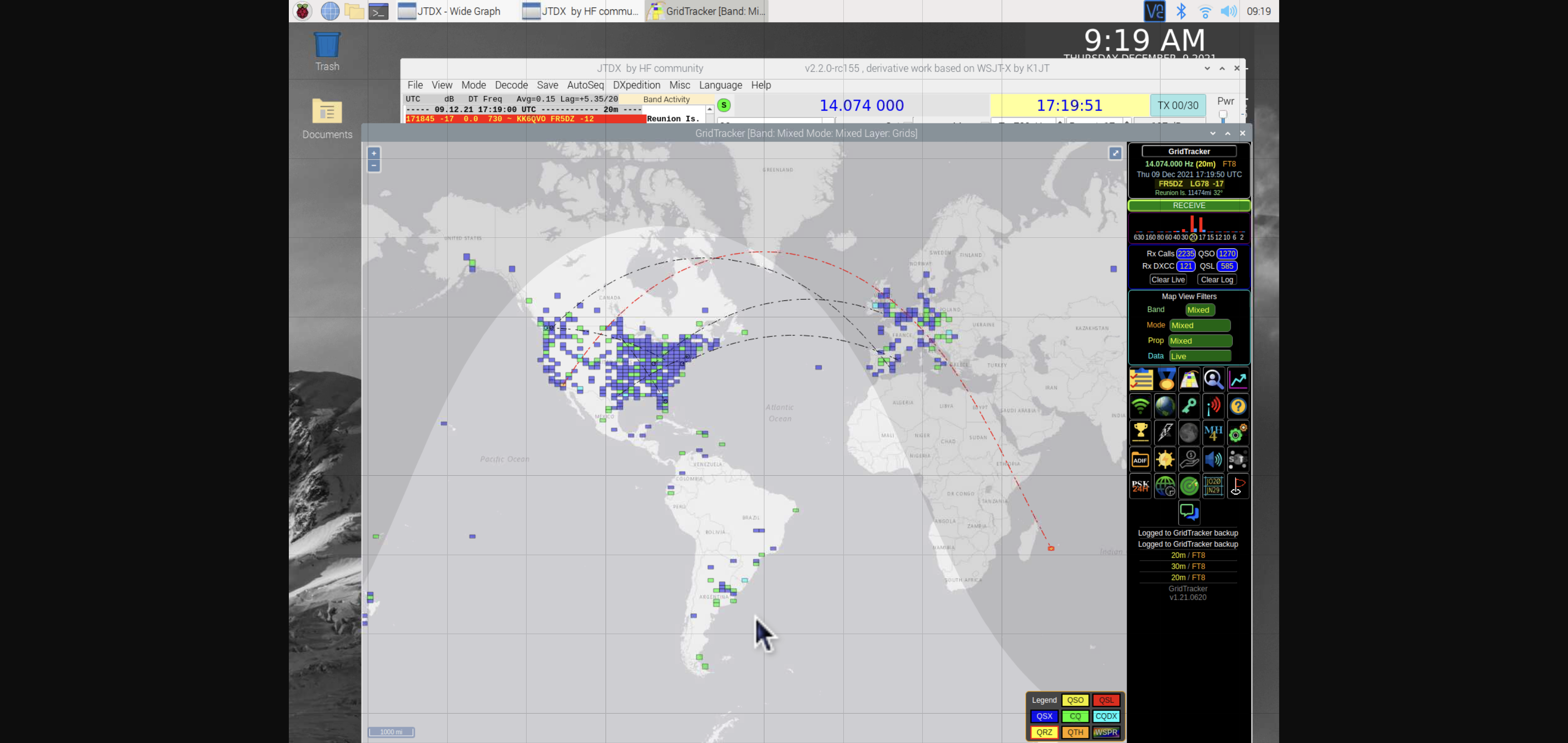

Professor Burke presented his talk: “Quantum sensors in biology: Challenges and Opportunities” at an invitation only workshop on quantum bio-sensing in Washington, DC. The workshop was sponsored by the Air Force Office of Scientific Research, and included in person participants from around the world, including USA, Germany, Italy, and Australia.
“Quantum sensors in biology will enable new non-invasive was to study cellular properties such as pH, bio-electricity, and ROS”, said Burke. “It is an honor to be invited to a workshop of the world’s experts in this rapidly grown field.”
